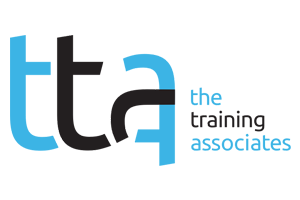Many organizations that have implemented a hybrid work environment are now faced with the challenges (and reality) of how to navigate it. At the top of the list is keeping employees engaged and connected.
The big question is, how do you do that if they’re not physically working together, side by side, every day? It’s not as hard as you may think if you consider there is one thing that all employees have in common — a desire to feel psychologically safe at work, whether working remotely, in person or both.
What Is Psychological Safety?
Renowned behavioral scientist Dr. Amy Edmondson first defined psychological safety as a shared belief by members of a team that the team is safe for interpersonal risk taking. Research from Gartner (in “The Basics of Psychological Safety” report), Gallup and Harvard Business Review also support the belief that teams that work together in a psychologically safe environment are more likely to innovate and contribute to the organization’s bottom line.
It’s no wonder that psychological safety is important to an organization’s success.
For teams in a hybrid environment, psychological safety is especially critical. There must be intentionality by team leaders to allow (and encourage) diversity of thought to rise to the surface. To do that, everyone on the team must feel comfortable and safe enough to share ideas and thoughts without intimidation, or being made to feel like their ideas are silly or don’t matter. In other words, they need all voices on the team willing to speak up and be heard. Leading companies have already identified psychological safety as the key element to unlocking team potential.
According to Accenture research, when employees feel psychologically safe, they are five times more likely to experience increased performance at work. This holds true in hybrid work environments. Remember, it’s up to leaders to have the intentionality of thought to include all employees in the conversations, and to create an environment where all team members feel safe enough to share their thoughts, ideas and perspectives.
Here are some ideas that leaders of hybrid teams can implement to build psychological safety to address in your leadership training and team development programs:
- Send out the agenda for any meeting in advance so that your team knows what will be discussed. This gives them an opportunity to prepare ahead of time.
- Encourage participation from all by including questions on the agenda. This lets participants know you are seeking their input. Leaders should make sure everyone has the opportunity to speak, by asking individual questions of each participant as well.
- Take a few minutes at the beginning of each meeting to catch up before diving into the agenda. Make sure remote participants turn on their video option. This helps build camaraderie and connectedness.
- Listen more than you talk. Ask clarifying, not challenging, questions. Ask for feedback from the rest of the group on commentary from other participants, like “What do you think of that idea?”; “What other thoughts do you have?” Or, “How can we best put that idea into practice?” This encourages group participation and discussion.
- Allow participants to ask you questions. This lets everyone know there are no barriers or unintelligent questions.
- Feedback: Be sure to ask for it, and be willing to demonstrate that you will act on it. Be sure to give it, and do so with authenticity.
If you begin incorporating these kinds of ideas into your hybrid work environment, your team will start to reap the benefits of diversity of thought and having all team members’ voices heard.
When people feel psychologically safe enough to offer their ideas and perspectives, creativity and innovation follow. And that’s a win for everyone.









